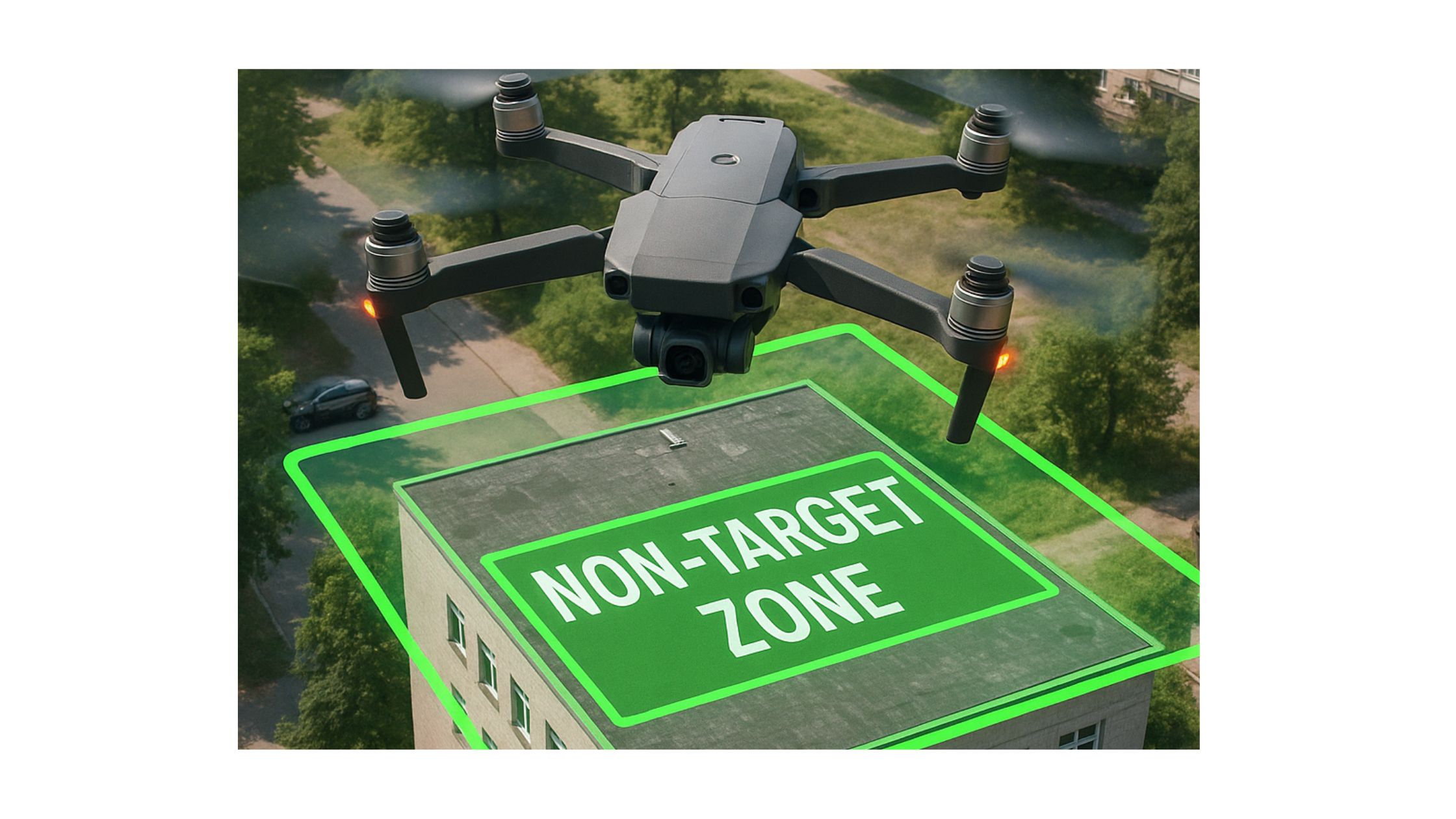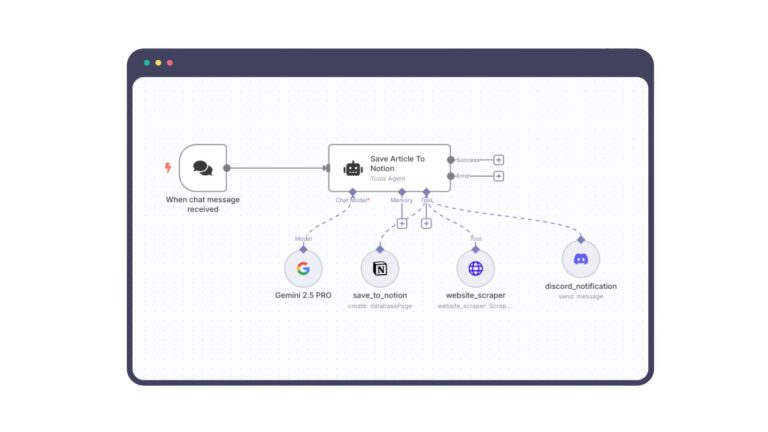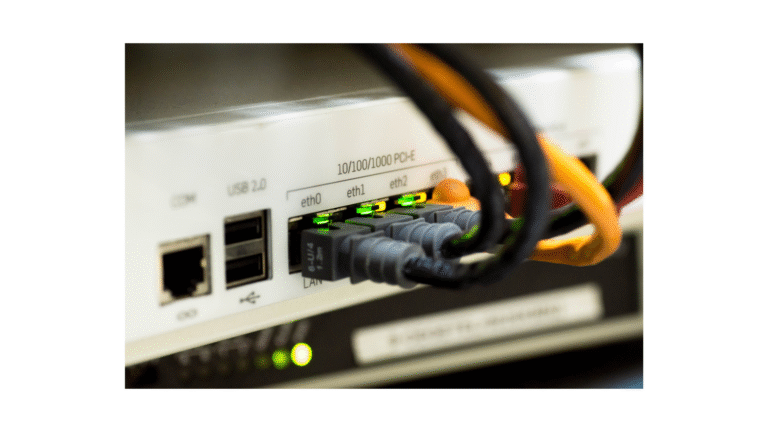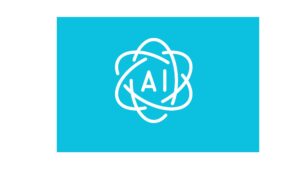We trust AI systems more than we’d like to admit.
They drive our cars, diagnose diseases, recommend bail in courts, and manage our financial portfolios. And while they may seem infallible driven by cold logic and massive data AI is only as good as the data it consumes. Its “intelligence” is nothing more than patterns learned from training sets, most of which are curated by humans or sourced from public data.
But what if the data is flawed? Worse what if it’s intentionally poisoned?
The more power we give AI, the more dangerous its blind spots become. This article dives deep into the hidden, often overlooked, attack surfaces in AI systems especially data poisoning and why they present a ticking time bomb in applications like self-driving cars.
Understanding AI Attack Surfaces
In cybersecurity, an attack surface refers to all the points where an unauthorised user can try to enter or extract data from a system. In AI, the attack surface is broader and more abstract. It includes:
- Training-time threats
e.g., corrupting datasets, inserting mislabeled or malicious data. - Model-level threats
e.g., reverse engineering a model to extract sensitive information or to find systemic biases. - Inference-time threats
e.g., adversarial inputs designed to fool the AI at the point of decision, often through imperceptible pixel-level changes
Unlike traditional software vulnerabilities (like buffer overflows or misconfigurations), AI vulnerabilities are probabilistic, data-driven, and harder to detect. They don’t crash systems, they bend reality subtly, often undetected until it’s too late.
Data Poisoning: The Hidden Vulnerability
Data poisoning is one of the most insidious threats to AI.
It works by injecting subtle, often imperceptible, manipulations into the training data. Over time, the AI system learns incorrect associations, which later manifest as wrong decisions in the real world.
Types of data poisoning:
- Dirty-label attacks: malicious samples are added with incorrect labels.
- Clean-label attacks: the data and label are both valid to humans, but are constructed to manipulate how the model behaves internally.
In 2017, a now-famous study introduced BadNets backdoored neural networks trained to misclassify traffic signs. A physical sticker placed on a stop sign could reliably cause a trained AI model to classify it as a speed limit sign. No malware needed, no intrusion just data, weaponised.
Case Study: When Stop Means Go
Imagine a self-driving car trained using millions of traffic sign images. It’s excellent at recognising stop signs, speed limits, and lane indicators. But an attacker manages to inject a few hundred altered stop sign images into the training set, each with a small sticker or graffiti mark and labeled as “Speed Limit 45”.
The AI learns this pattern: “When I see a stop sign with this sticker, I should treat it as a speed limit sign.”
Now, in the real world, someone places that same sticker on an actual stop sign. The car doesn’t stop. It accelerates treating the intersection like a highway.
This isn’t fiction. Researchers have shown it works. And because the poisoned data looks natural to humans, even manual audits fail to catch it.
Extend this:
- In drone warfare, a poisoned model might misidentify a building as a non-target zone.
- In healthcare, AI trained on poisoned radiology scans may fail to detect early-stage cancer.
- In finance, models might overlook fraud signals if trained on manipulated transaction logs.
Why It’s So Hard to Detect
AI systems lack a memory of how they learned what they learned.
They don’t store lineage metadata for every neuron, weight, or feature map. Once training is complete, the dataset is often discarded. This creates major issues:
- Lack of transparency in model decision-making.
- No version control on training data in many AI development pipelines.
- Invisibility of attacks, especially clean-label ones.
Even explainability tools like LIME or SHAP struggle to reveal subtle poisoned patterns unless specifically directed to investigate them.
Security by Design: Mitigation Strategies
Mitigating AI-specific threats requires an evolved security mindset security by design, not as an afterthought. Here are key recommendations based on research and best practices from NIST AI RMF and industry initiatives:
Data Provenance & Validation
- Maintain immutable logs of training data sources.
- Verify dataset integrity using cryptographic checksums.
- Employ human-in-the-loop validation for safety-critical use cases.
Robust Training Techniques
- Use differentially private training to reduce sensitivity to specific data points.
- Apply outlier detection to filter suspicious samples.
- Leverage ensemble models to reduce the impact of isolated poisoning.
Adversarial Testing
- Stress-test AI models using adversarial inputs and known poisoning scenarios.
- Build a red-team framework for AI, just like pen testing in cybersecurity.
Model Attestation & Audit Trails
- Use model registries and artifact repositories to track training lineage.
- Implement reproducibility pipelines so the same model output can be regenerated for auditing.
Broader Reflections: What Kind of AI Are We Building?
If AI is to drive our ambulances, guide our defense systems, and decide loan approvals should we not demand a higher standard of integrity?
Data is no longer just an input, it is the DNA of AI and poisoned DNA cannot be debugged, it must be prevented.
Governments and regulatory bodies are beginning to act. The EU’s AI Act mandates risk-based classification and transparency obligations for high-risk AI systems. NIST’s AI Risk Management Framework outlines how to incorporate resilience into AI design.
But these frameworks are only as strong as their adoption. Startups and SMBs often building fast and cost-efficient rarely implement AI security controls at early stages and that’s where the biggest gap lies.
Conclusion: Trust Is Not a Feature, It’s an Architecture
Trust in AI isn’t earned by its accuracy, it’s earned by its reliability in the face of uncertainty.
As we hurtle toward a world increasingly mediated by autonomous decisions, we must treat data not just as fuel but as a critical infrastructure. Poison it, and the AI hallucinates. Ignore it, and the AI mutates.
The question isn’t whether AI will misbehave but when, and at what cost. In a world where AI sees what it’s taught, who controls the lens?






